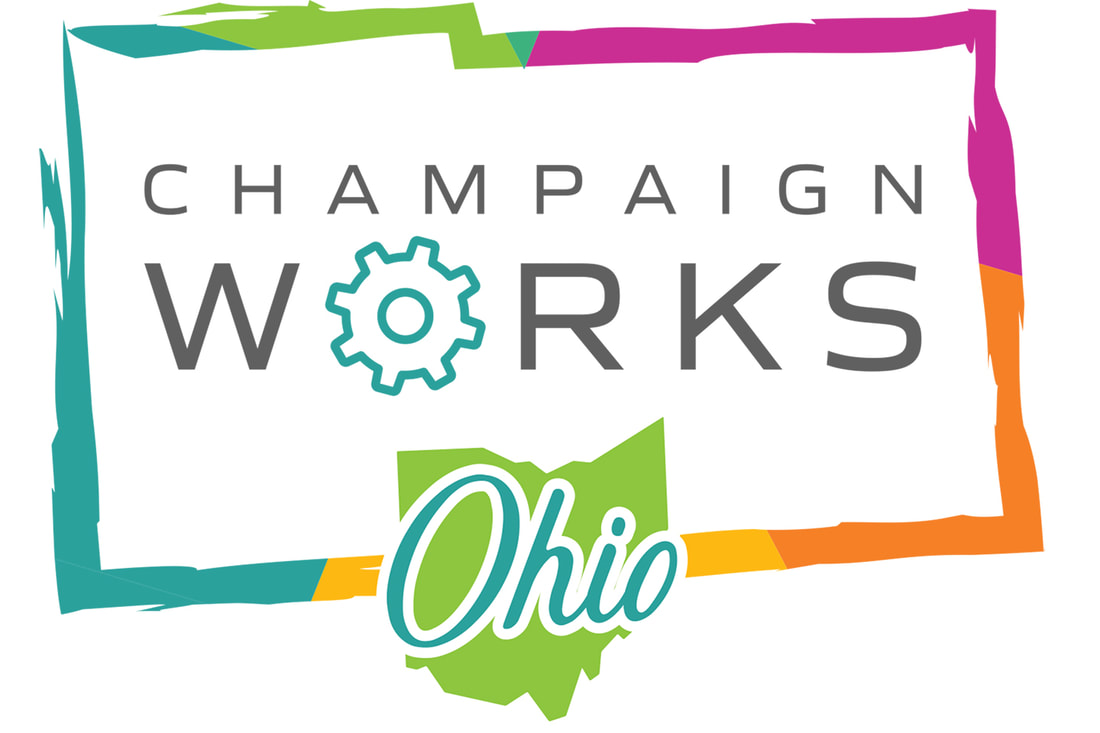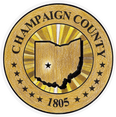Memorial Health Expands Occupational Health Services for Urbana/Champaign County Businesses2/28/2024
Memorial Health is expanding its Occupational Health services for those businesses and entities in the Champaign County area. The organization’s Occupational Health services include injury care, employee wellness, pre-employment physicals and fitness-for-duty exams, drug testing, immunizations and much more.
The new full-time clinic hours are now 7 a.m. to 4 p.m., Monday through Friday. During these expanded hours, Memorial providers and nursing staff are available to provide employee healthcare services and injury management/treatment. Memorial Occupational Health is located at 1958 E. U.S. Highway 36 in Urbana. To learn more about the Occupational Health program at Memorial, call (937) 578-2256. We want to welcome our newest CEP Board Members - Addie King and Pat Thackery!  Pat Thackery "Thank you for your consideration in bringing me back on to the CEP Board. I am entering my third term serving as an elected member of the Urbana City Council. I am the proud owner of Cafe Paradiso for the last 17years. I play an active role as Real Estate developer in downtown Urbana. I have served two terms on CEP board. I have served as past chairman of the Champaign County Visitor's Bureau. I have served as President of the Downtown Merchant’s Association for Urbana. I have served in the past on the Design Review Board as a member. "  Addie King Addie J. King is a Champaign County native, and 1994 graduate of West Liberty-Salem. She earned a Bachelor of Arts, majoring in criminal justice and minoring in psychology at Ohio Northern University in 1998, and earned a law degree from the University of Dayton in 2001. After working for the City of Dayton prosecutor’s office, the Champaign County prosecutor’s office, and the Champaign County Child Support Enforcement agency, Addie opened King Law Offices, LPA LLC in Urbana, Ohio in August 2018, where she handles criminal and OVI defense, family law, guardian ad litem work, end of life documents, appeals, and juvenile delinquency cases. Addie is also a published fiction author and editor, with six novels and fourteen short stories in print. She is married, with a stepson and a daughter.
OhioMeansJobs Champaign County can help those looking to improve their skills, from interviewing to writing a resume. Open Monday through Friday from 8:30-4:00, Ohio Means Jobs is located in the Community Building in suite J100. You can call them at 937-484-1581 or go online to https://www.champaigndjfs.org/ohiomeansjobs.html.
One obstacle especially for small or mid-sized companies is simply having the resources to start the process. For those looking for answers, check out FASTLANE. As part of the West Central Ohio Manufacturing Extension Partnership (MEP), FASTLANE is a great resource for those looking to take the next step for their company. Located within the University of Dayton Research Institute, the staff are experts at helping manufacturers get up to speed quickly, finding the right solution for their business. The CEP is proud of their continued partnership with FASTLANE. They have been a large supporter of the Manufacturing HR council, helping our local manufacturers with work force development. Check them out at https://fastlane-mep.org/.
A new year means resolutions for many. Maybe you have decided this is the year you begin something new. If one of those dreams is to start your own business but you don’t know where to begin, look no farther that the CEP. We have a complete playbook on our website that takes you through the steps to begin a new business.
If you have any questions, contact us directly at 937-653-7200 or by email at [email protected] or [email protected]
|
Archives
February 2024
Categories
All
|
|
CEP Office Location:
40 Monument Square, Suite 306 Urbana, Ohio 43078 937-653-7200 |
All drone photography courtesy of Jassen Dobyns of UAVisions LLC. Additional photography courtesy of Dave Millner of the Champaign Camera Group.
Website by Berry Digital Solutions, LLC Urbana, Ohio |
Click on the logos for more information.

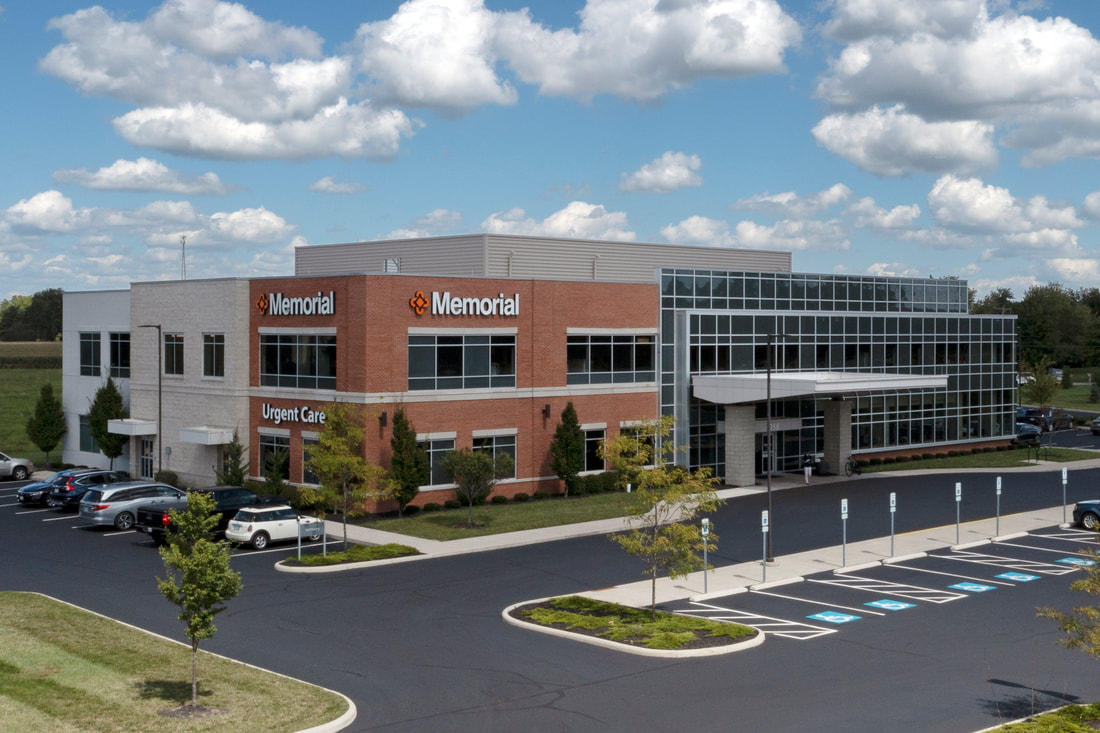
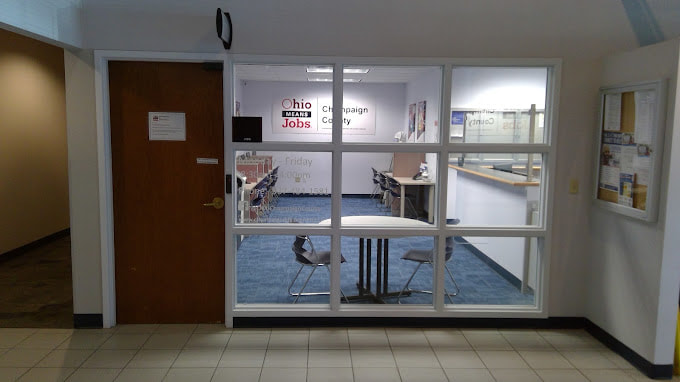

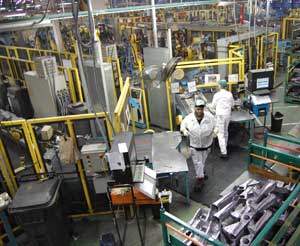


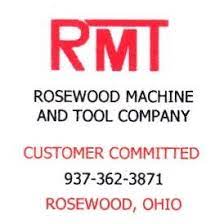
 RSS Feed
RSS Feed

